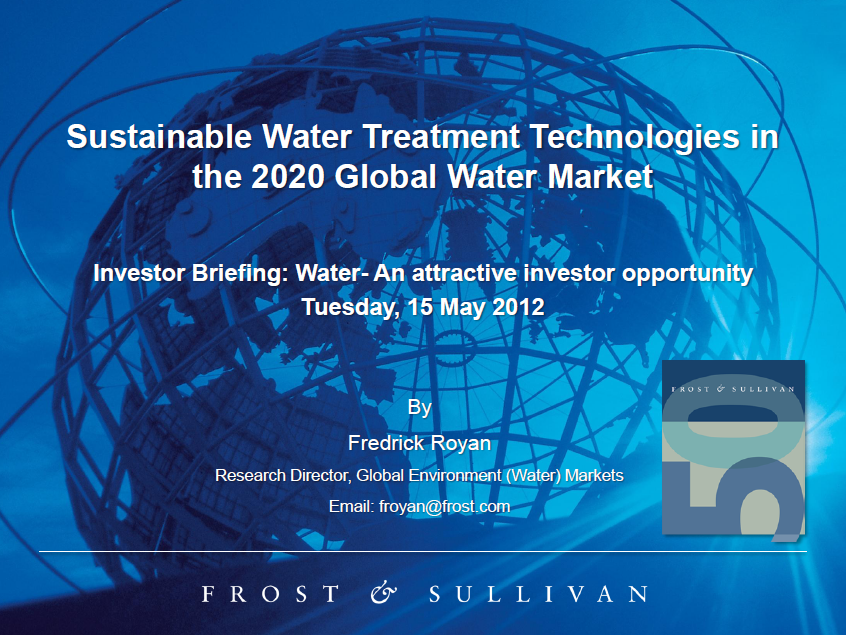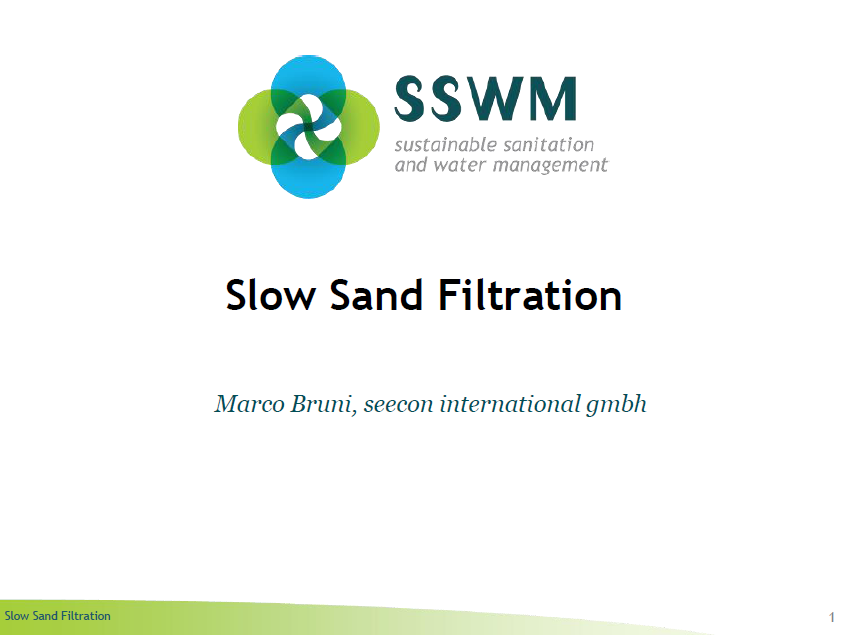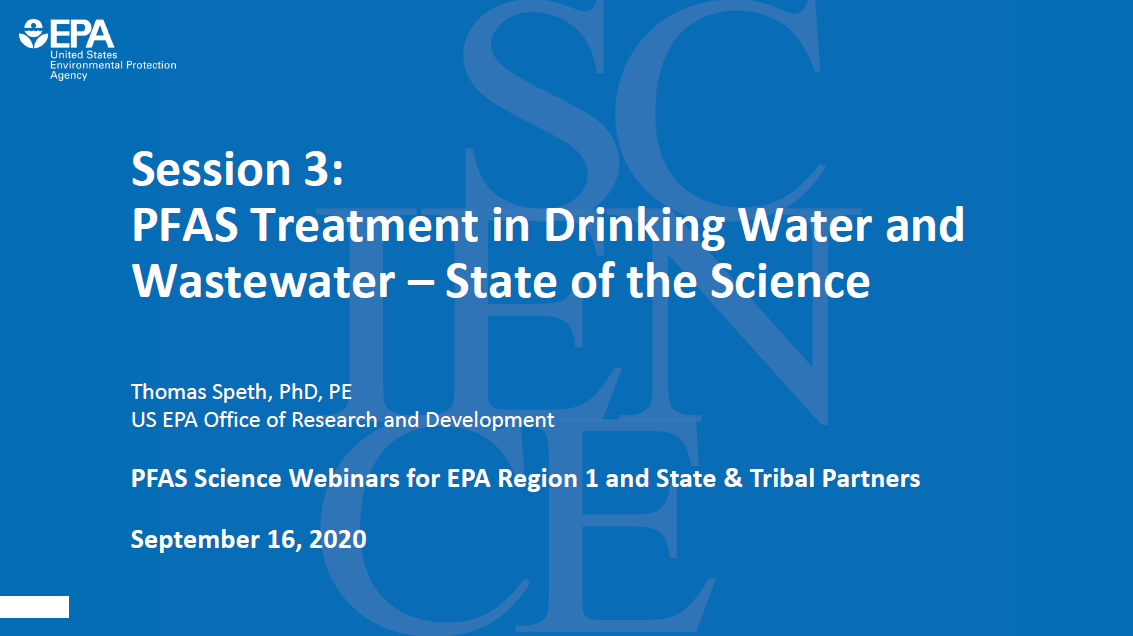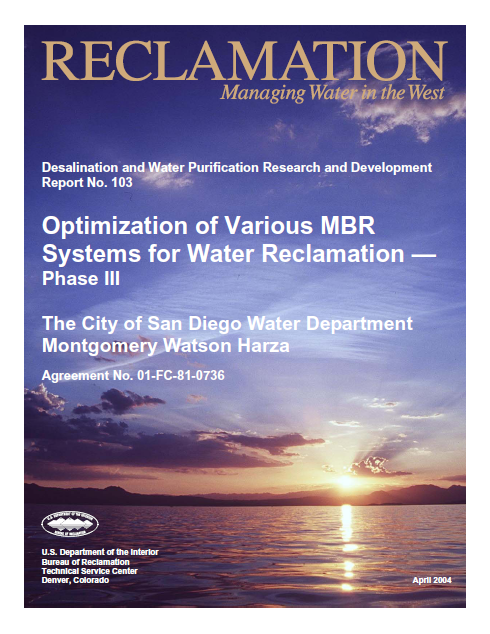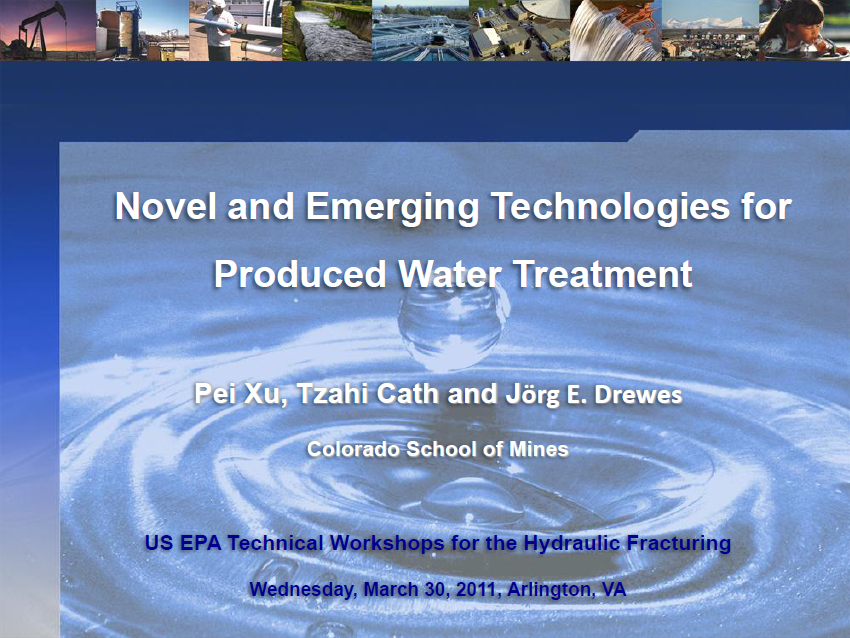Pharmaceutical Pure Water Guide
INTRODUCTION : In today’s pharmaceutical facilities the availability of purified water is essential. While the domestic consumer considers tap water to be “pure”, the pharmaceutical end-user regards it as grossly contaminated. Within the pharmaceutical industry, water is most commonly used in liquid form, not only as an ingredient in many formulations but also as a cleaning agent. Production of Purified Water - pyrogen-free Water, Water for Injection (WFI) and Clean Steam
to international pharmaceutical standards is widely recognised as a critical process.
Pharmaceutical Pure Water Guide
INTRODUCTION : In today’s pharmaceutical facilities the availability of purified water is essential. While the domestic consumer considers tap water to be “pure”, the pharmaceutical end-user regards it as grossly contaminated. Within the pharmaceutical industry, water is most commonly used in liquid form, not only as an ingredient in many formulations but also as a cleaning agent. Production of Purified Water - pyrogen-free Water, Water for Injection (WFI) and Clean Steam
to international pharmaceutical standards is widely recognised as a critical process.
PFAS Remediation: Application Of Water Treatment Technologies
Introduction to PFAS and PFAS treatment technologies
• Two case studies
1. Industrial stormwater treatment
2. Manufacturing process water treatment
• Direction and challenges of PFAS water treatment
PFAS Remediation: Application Of Water Treatment Technologies
Introduction to PFAS and PFAS treatment technologies
• Two case studies
1. Industrial stormwater treatment
2. Manufacturing process water treatment
• Direction and challenges of PFAS water treatment
Optimization of Various MBR Systems for Water Reclamation
ABSTRACT
This project evaluated the performance of MBR systems from four leading suppliers including US Filter Corporation/Jet Tech Products Group, Zenon Environmental Inc., Ionics/Mitsubishi Rayon Corporation, and Enviroquip Inc./Kubota Corporation during reclamation of municipal wastewater. During pilot testing, the affect of various operating conditions including feed wastewater source (e.g. raw or advanced primary effluent) flux, HRT, and SRT on MBR performance was evaluated. In addition, latest generation RO membranes from two leading suppliers (Saehan Industries Inc. and Hydranautics) were tested during operation on MBR effluent as a final polishing step for salt removal. Lastly, a cost analysis was performed to determine capital and O&M costs associated with MBR water reclamation facilities ranging in capacity from 0.2-10 MGD. Results from this study showed that each MBR system operated successful on advanced primary effluent wastewater containing polymer and coagulant. This finding is significant as it increases the number of suppliers and feed water sources municipalities can choose to meet reclamation needs using the MBR process. In addition, each MBR achieved excellent removal of particulate (effluent turbidity <0.1 NTU), organic (effluent BOD5<2 mg/L) and microbial contaminates (total and fecal coliform LRV 4-6). In addition, valuable cost information was generated showing a significant cost savings for MBR systems designed to operate on advanced primary effluent as opposed to raw sewage.
Optimization of Various MBR Systems for Water Reclamation
ABSTRACT
This project evaluated the performance of MBR systems from four leading suppliers including US Filter Corporation/Jet Tech Products Group, Zenon Environmental Inc., Ionics/Mitsubishi Rayon Corporation, and Enviroquip Inc./Kubota Corporation during reclamation of municipal wastewater. During pilot testing, the affect of various operating conditions including feed wastewater source (e.g. raw or advanced primary effluent) flux, HRT, and SRT on MBR performance was evaluated. In addition, latest generation RO membranes from two leading suppliers (Saehan Industries Inc. and Hydranautics) were tested during operation on MBR effluent as a final polishing step for salt removal. Lastly, a cost analysis was performed to determine capital and O&M costs associated with MBR water reclamation facilities ranging in capacity from 0.2-10 MGD. Results from this study showed that each MBR system operated successful on advanced primary effluent wastewater containing polymer and coagulant. This finding is significant as it increases the number of suppliers and feed water sources municipalities can choose to meet reclamation needs using the MBR process. In addition, each MBR achieved excellent removal of particulate (effluent turbidity <0.1 NTU), organic (effluent BOD5<2 mg/L) and microbial contaminates (total and fecal coliform LRV 4-6). In addition, valuable cost information was generated showing a significant cost savings for MBR systems designed to operate on advanced primary effluent as opposed to raw sewage.
Optimization Of Chemical Dosing In Water Treatment For Enhanced Coagulation/Softening As It Pertains To Dbp Removal
Abstract
Treatment facilities out of compliance with EPA regulations are often not using optimal chemical treatment. Determination of the most effective chemical type, combination and concentration can aid in reduction of disinfection by-product precursors. The effects of optimal chemical treatment using enhanced coagulation and enhanced softening was tested on three surface waters (two reservoirs and one lake sources), and one ground water (alluvial wells). Results indicated enhanced coagulation was more effective at removing DBP precursors from waters with higher initial UV-254 absorbance values and lower alkalinities while enhanced softening was more effective for waters with lower initial UV-254 absorbance values and higher alkalinities. In a number of cases, ferric salts outperformed aluminum salts at reducing the DBP formation potential. Redox potential measurements were added to the list of analyses to determine trends and the feasibility of using this parameter as an additional indicator of process efficiency. Redox potential indicates a transfer of electrons similar to the transfer of H+ indicated by pH. It is expected that Eh will trend as the inverse of pH when explicit oxidation or reduction reactions are not taking place. However, this research presents that under constant pH conditions, the Eh readings seem to indicate the destabilization and stabilization processes expected during the coagulation step in drinking water treatment. Comparison of the Eh readings from the start of various treatment stages to the end provides some indication of the effectiveness the enhanced coagulation or enhanced softening process has on the removal of organic precursors for disinfection by-products.
Optimization Of Chemical Dosing In Water Treatment For Enhanced Coagulation/Softening As It Pertains To Dbp Removal
Abstract
Treatment facilities out of compliance with EPA regulations are often not using optimal chemical treatment. Determination of the most effective chemical type, combination and concentration can aid in reduction of disinfection by-product precursors. The effects of optimal chemical treatment using enhanced coagulation and enhanced softening was tested on three surface waters (two reservoirs and one lake sources), and one ground water (alluvial wells). Results indicated enhanced coagulation was more effective at removing DBP precursors from waters with higher initial UV-254 absorbance values and lower alkalinities while enhanced softening was more effective for waters with lower initial UV-254 absorbance values and higher alkalinities. In a number of cases, ferric salts outperformed aluminum salts at reducing the DBP formation potential. Redox potential measurements were added to the list of analyses to determine trends and the feasibility of using this parameter as an additional indicator of process efficiency. Redox potential indicates a transfer of electrons similar to the transfer of H+ indicated by pH. It is expected that Eh will trend as the inverse of pH when explicit oxidation or reduction reactions are not taking place. However, this research presents that under constant pH conditions, the Eh readings seem to indicate the destabilization and stabilization processes expected during the coagulation step in drinking water treatment. Comparison of the Eh readings from the start of various treatment stages to the end provides some indication of the effectiveness the enhanced coagulation or enhanced softening process has on the removal of organic precursors for disinfection by-products.
Onsite Drinking Water Treatment
Introduction
- Groundwater provides a large portion of our drinking water.
- Fifteen percent of Americans have their own sources of drinking water.
- It is up to well owners to ensure their water is safe to drink.
Onsite Drinking Water Treatment
Introduction
- Groundwater provides a large portion of our drinking water.
- Fifteen percent of Americans have their own sources of drinking water.
- It is up to well owners to ensure their water is safe to drink.


